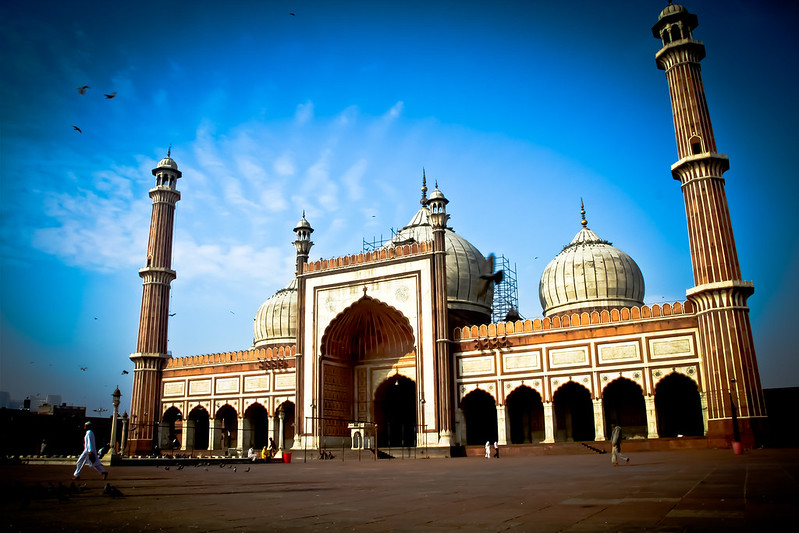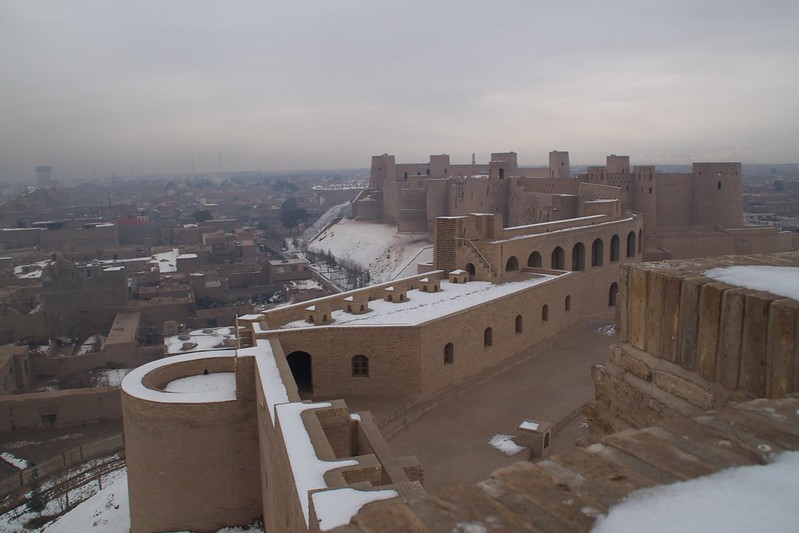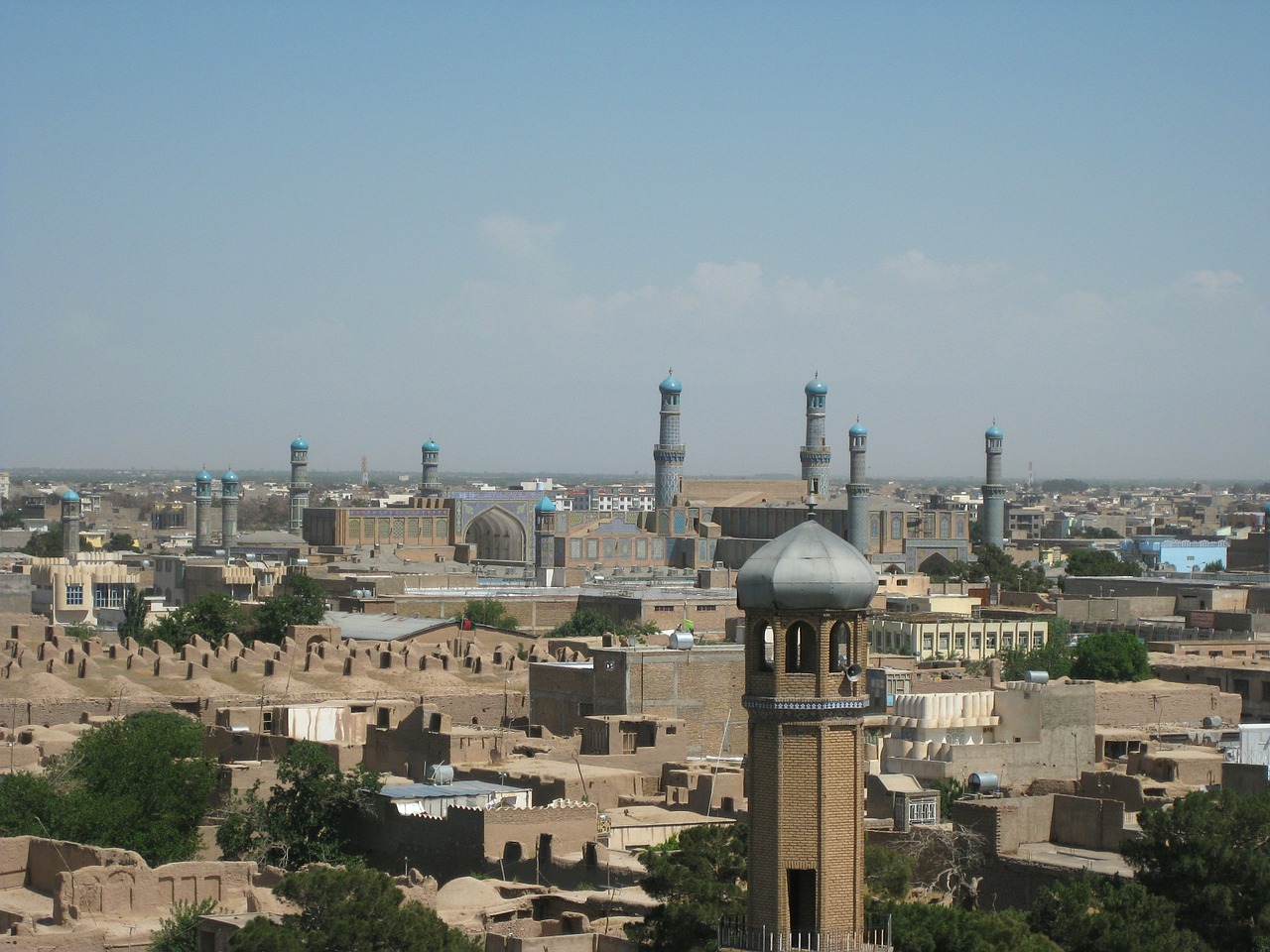Located in western Afghanistan, Herat is an ancient city sometimes known as “Nagin Aseeya,” or the “Diamond of Asia.” In this article, we look at the history and culture of the city, as well as its reputation as one of Afghanistan’s largest and richest cities today.
1. The city’s origins date back to Achaemenid times (circa 550-330 BC).
The ancient Greeks called the city Artacoana, the capital of Aria. In 330 BC, Alexander the Great and his army invaded the region, destroying Artacoana and rebuilding another city nearby, which he named “Alexandria in Ariana,” which forms the basis of the modern city of Herat.
After him came the Sassanians, who called the city Harēv. In 660 AD, the Arabs took Herat, establishing it as the center of the Muslim world.
In 1221 AD, Mongol invaders seized the city, and it was subsequently destroyed under the orders of Genghis Khan. In 1393 AD, the Turkic conqueror Timur invaded, and Herat enjoyed arguably its greatest era.
As the capital of the Timurid empire, Herat became a celebrated center of science and culture. During this time, the city underwent significant growth, with the construction of many fine buildings, developing a vibrant court life famed for its music and artistry.
2. One of Afghanistan’s oldest mosques, Masjid Jami, lies within the city of Herat.

Also known as the Friday Mosque or the Great Mosque of Herat, this ancient building dates back to 1200 AD. It was built under the rule of Sultan Ghiyath al-Din Muhammad Ghori and passed down through generations of Timurids, Safavids, Mughals, and Uzbeks, all of whom carefully maintained this iconic building. It is believed that the Masjid Jami took its present form in the late 1400s.
The Masjid Jami has not always been Herat’s largest mosque. A much bigger mosque and madrassa complex once existed in the northern part of Herat, called Gawhar Shad, but were destroyed by the British Indian Army in the late 1800s.
3. Herat was famous around the world for its distinctive miniature paintings.
During the 15th Century, the Herat school of painting flourished under the patronage of the Timurids. Timur’s son, Shāh Rokh, founded an art school in Herat, with his son Baysunqur Mīrzā subsequently developing it into an important center of painting, attracting artists from across Afghanistan, Persia, and beyond.
The miniature paintings of Herat were sometimes painted on silk. They were often used to illustrate manuscripts and poetry. Popular literature of the time, therefore, governed the subject matter of Herat school paintings, with many scenes originating from the Persian epic, Shāh-nāmeh, or Book of Kings, many examples of which survive to this day.
4. The city owes its existence to the nearby Hari River.
Spanning more than 1,000 kilometers, the Hari River begins in Afghanistan’s central Hindu Kush mountains, running all the way to Turkmenistan, where the river ends in the Tejend Oasis, swallowed up by the Karakum Desert.
The Hari River Valley around Herat has been renowned for centuries for its fertility and cultivation. Today, the region is famous the world over for its plethora of rare bird species, including cranes, waterfowl and various endangered migratory species.
5. Herat is Afghanistan’s second-largest city.
The capital, Kabul, is Afghanistan’s biggest city by far, with a population believed to be around 4 million.
The next biggest city is Herat, with an estimated population of more than 670,000. Persian is the most commonly spoken language in Herat today, and Sunni Islam is the most popular religion.
6. Herat lies on ancient trading routes linking the Middle East with Asia.

Today, the city remains an important regional hub, with roads from Herat to Turkmenistan, Iran, and other regions of Afghanistan remain strategically important.
Regarded as the gateway to Iran, Herat boasts its own international airport. The city traditionally linked trade routes from the Mediterranean to China and India. It was once noted for its luxurious textiles, arts, and crafts. Herat was world famous for its bronze goods, often featuring ornate designs often inlaid with precious metals and gems.
7. Herat enjoys a hot, semi-arid climate.
Precipitation is generally low, with most rain falling in the winter months. Despite its lower elevation, Herat has a more temperate summer climate than Kandahar, although the winters in Herat are generally colder. From May to September, a northwesterly wind blows through Herat, sometimes with considerable force. During the wintertime, eastern sections of the Hari River freeze solid, with locals treating it as a road.
8. The Citadel of Herat dates back to 330 BC.
Also known as the Citadel of Alexander, it dates back to the arrival of the Greek conqueror’s army following the Battle of Gaugamela. Many civilizations have used the strategic post over the course of the last 2,000 years, and it has been destroyed and rebuilt numerous times. Today, the historical site is managed by the Afghan Ministry of Information and Culture and is open to the public.

